Heroin
$180.00 – $1,700.00
Pure heroin (diacetylmorphine) is a white powder with a bitter taste abused for its euphoric effects. Heroin, a highly addictive drug, is derived from the morphine alkaloid found in opium poppy plant (Papaver somniferum) and is roughly 2 to 3 times more potent than morphine. It is usually injected, smoked or snorted up the nose. It exhibits euphoric (“rush”), anti-anxiety and pain-relieving properties.
 Customer Service / Pre-sale Questions
Need Help? Contact Us via WhatsApp
Customer Service / Pre-sale Questions
Need Help? Contact Us via WhatsApp
Description
Pure heroin (diacetylmorphine) is a white powder with a bitter taste abused for its euphoric effects. Heroin, a highly addictive drug, is derived from the morphine alkaloid found in opium poppy plant (Papaver somniferum) and is roughly 2 to 3 times more potent than morphine. It is usually injected, smoked or snorted up the nose. It exhibits euphoric (“rush”), anti-anxiety and pain-relieving properties.
Methods of use
Heroin is most often injected intravenously (IV), however, it may also be:
- vaporized (“smoked”)
- sniffed (“snorted”)
- used as a suppository
- orally ingested.
Smoking and sniffing heroin do not produce a “rush” as quickly or as intensely as IV injection. Oral ingestion does not usually lead to a “rush”, but use in suppository form may have intense euphoric effects. Heroin can be addictive by any given route.
Effects of heroin use
Heroin is metabolized to morphine and other metabolites which bind to opioid receptors in the brain.
- After an injection, the user reports feeling a surge of euphoria (the “rush”) accompanied by a warm flushing of the skin, a dry mouth, and heavy extremities.
- Following this initial euphoria, the user experiences an alternately wakeful and drowsy state.
- Mental functioning becomes clouded due to the depression of the central nervous system.
- The short-term effects of abuse appear soon after a single dose and disappear in a few hours.
Other effects can include respiratory depression, constricted (“pinpoint”) pupils and nausea. Effects of overdose may include slow and shallow breathing, hypotension, blue lips and nails, muscle spasms, convulsions, coma, and possible death.
Intravenous use is complicated by other issues such as the sharing of contaminated needles, the spread of HIV/AIDS, hepatitis, and toxic reactions to impurities.
Other medical complications that may arise include:
- collapsed veins
- abscesses
- spontaneous abortion
- endocarditis (inflammation of the heart lining and valves).
- pneumonia
- addiction
Heroin addiction and withdrawal
With regular use, tolerance develops where the abuser must use more heroin to achieve the same intensity or effect. As higher doses are used over time, physical dependence and addiction develop.
- With physical dependence, the body has adapted to the presence of the drug and withdrawal symptoms may occur if use is reduced or stopped. With addiction, a person uses opioids to get high instead of using them to control pain.
- Withdrawal, which in regular abusers may occur as early as a few hours after the last use, produces drug craving, restlessness, muscle and bone pain, insomnia, diarrhea and vomiting, cold flashes with goose bumps (“cold turkey”), kicking movements and other symptoms.
- Major withdrawal symptoms peak between 48 and 72 hours after the last use and subside after about a week.
- Sudden withdrawal by heavily dependent users who are in poor health is occasionally fatal, although heroin withdrawal is considered much less dangerous than alcohol or barbiturate withdrawal.
Addiction can remove an otherwise healthy and contributing member from society, and may lead to severe disability and eventually death.
Additional information
| Quantity | 10g, 30g, 50g, 100g, 250g |
|---|
Reviews (1)
1 review for Heroin
Add a review Cancel reply
Related products
Dried Shrooms
Dried Shrooms
Dried Shrooms
Psychedelic
Dried Shrooms
Dried Shrooms
Psychotropic
Psychedelic





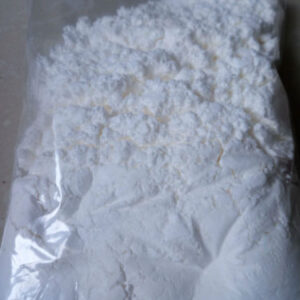


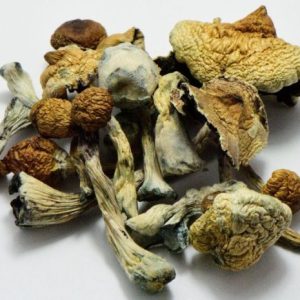


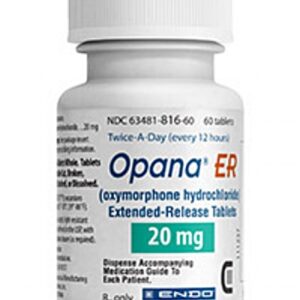
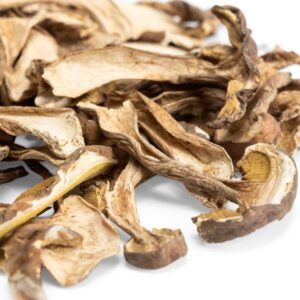

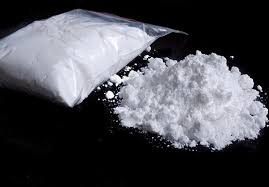



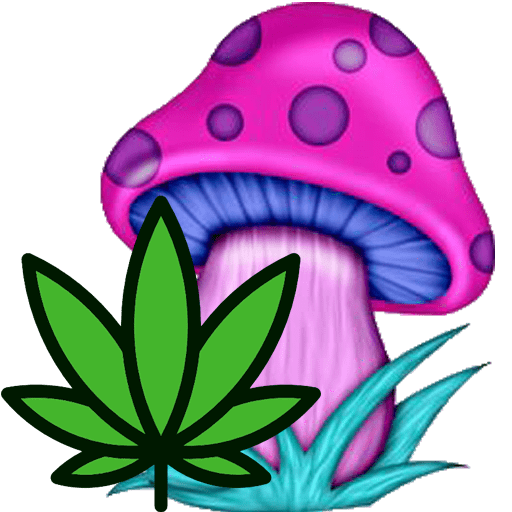
Watt –
Thanks your your good services and I’m proud bro say that you’re wonderful